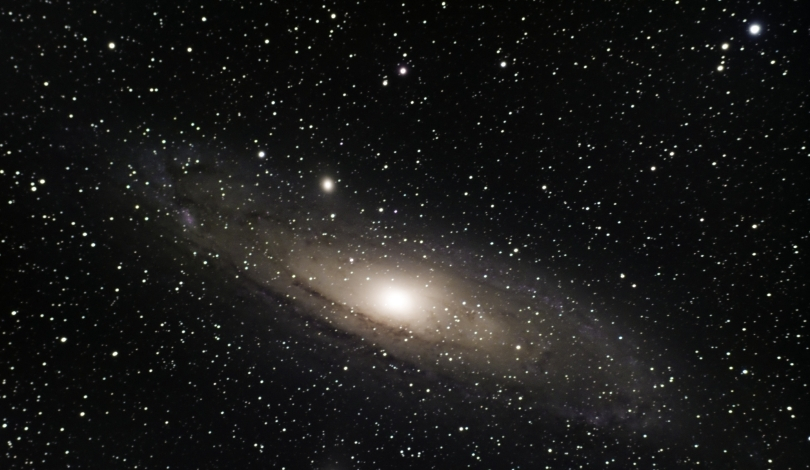Astronomers have long been puzzled by the existence of “hot Jupiters,” giant exoplanets that orbit perilously close to their stars. These gas giants, unlike Jupiter in our Solar System, lie so near their parent stars that their atmospheric gases should be vaporized. Recent research, however, points to an intriguing answer: these planets may have started their lives much farther away and moved inward over time. This insight comes from a new discovery of a proto-hot Jupiter, TIC 241249530 b, which provides critical clues to the migration process of these enigmatic worlds.
Introducing TIC 241249530 b
A study by astronomers at MIT, Penn State University, and other institutions has identified TIC 241249530 b, located 1,100 light-years away. This planet follows a highly elliptical and retrograde orbit around its star, quite unlike Jupiter’s near-circular path. This unusual orbit suggests that TIC 241249530 b is in the process of transforming from a cold Jupiter-like planet into a hot Jupiter. As it undergoes successive interactions with its binary star system, its orbit gradually becomes more circular, pulling it closer to its star.
Theoretical Implications
The discovery of TIC 241249530 b supports existing theories that planets with high eccentricity migration might account for the formation of hot Jupiters. According to Sarah Millholland from MIT, “This system highlights how incredibly diverse exoplanets can be.” The planet’s dramatic orbital dynamics imply that it formed as a frigid world and will eventually evolve into a hot Jupiter within a billion years.
In recent years, other studies have also suggested that hot Jupiters form far from their stars and migrate inward. However, observations of such a transformation in progress have been rare. Previous research often relied on statistical models rather than direct observation. The identification of TIC 241249530 b offers tangible evidence, enhancing our understanding of planetary evolution. Simulations by Millholland and her team further support the theory that high eccentricity migration is a plausible mechanism for the formation of hot Jupiters.
Earlier theories about planetary formation indicated that rocky worlds form close to their stars while gas giants form farther away due to the need for cooler environments to maintain volatile gases. The recent discovery aligns with these theories but adds a layer of complexity by demonstrating the dynamic nature of planetary migration. It underscores the role of orbital interactions in transforming the structure and temperature of these massive planets.
The newfound understanding of hot Jupiters has profound implications for the study of exoplanetary systems. By examining the peculiar orbits of such planets, scientists gain insights into their past configurations and future trajectories. This research opens new avenues for exploring the diversity of exoplanetary systems and the processes that shape them.










